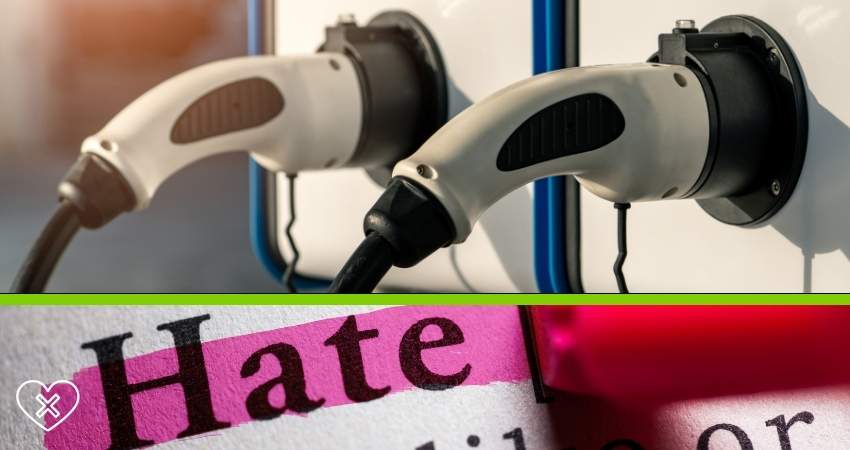EVs are the call of the future and the need of the present. They are one of the most exciting advanced technologies, but many are still unsure about the product. Let’s find out why!
Following Are the Reasons EVs Are Hated and Their Answers
1. Limited Range
If you are going on a long road trip, EV may not be your best option! Even though EVs have advanced, they suffer from the issue of short range. If your battery runs out during your long road trip, gas stations are more likely to be near you than charging stations, leaving you with no solution for charging while on a long journey.

It is not uncommon to see new EV models with an effective range of over 200 miles. On a full charge, the 2021 Bolt EV is rated for 259 Miles, and the Tesla Model S has a listed range between 387 and 520 miles. But in comparison, gas-powered cars can typically boast a range of around 400 miles per tank of gas.
Read: How to Increase Electric Car Range?
Fact Check:
Americans drive 40 miles daily, which is easily in the range of an EV. Tesla claims its Roadster will operate for 620 miles per charge, clearing this long-range issue for good. Tesla Model 3 has a 310-mile range, while its costlier sibling, the Model S, maxes out at 335 miles on a charge.
2. Limited Battery and Takes Longer to Recharge
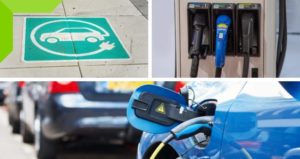
Filling up a gas tank takes 2-3 minutes, whereas most electric cars take a good 6-10 hours to charge from zero percent to complete. Fully recharging the battery pack with a Level 1 or Level 2 charger can take up to 8 hours, and even fast charging stations take 30 minutes to charge to 80 percent capacity. As the technology matures, EV manufacturers may introduce faster chargers, but the time disadvantage in EV charging remains.
3. The EV Power Source Is Not a Green Energy Product
Is EV green energy? The environmental benefits of EVs are continuously highlighted, but what about their power sources? In the US, about 61% of the total electricity production comes from Thermal Power Plants, where electrical energy is created by burning coal. The cleaner forms of electricity generation, namely, Solar, Hydroelectric, or Wind Power Plants, only constitute about 19%.
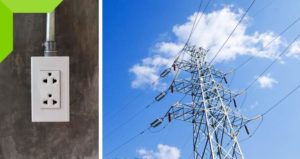
As EV customers increase, they need more power to recharge their car batteries. The coal burned would directly increase with more users in demand. So even though EVs don’t have emissions from their sources, unless the government decides to invest in green sources, it is a futile attempt.
Fact Check:
Even with these electricity emissions, an EV is typically responsible for lower levels of Greenhouse Gasses (GHGs) than a regular car. The government is moving towards renewable energy sources, and EV users are encouraged to use Solar power to charge their vehicles. Renewables became the second-most prevalent U.S. electricity source.
4. EVs Are More Expensive
EVs are more expensive than gas-powered cars, and the upfront cost is high. Many new models no longer offer tax credits, like Tesla’s new models don’t have tax credits. With the advent of technology, the current price gap between equivalent models seems to be more than $10,000. Hopefully, this will be lower.

Fact Check:
In the upcoming year, battery prices are expected to lower still, it’s no secret that EVs cost a fortune, but it’s a lifetime investment. Most EVs are still eligible for a one-time $7,500 federal tax credit granted to EV buyers except Tesla, which reached the milestone of 200,000 fully electric and plug-in hybrid models. Still, some states offer subsidies to EV buyers. In Colorado, for example, they’re eligible for a $5,000 state income tax credit. California residents can get a cash rebate between $2,500 and $4,500 from the state, depending on their income. You can always buy a used EV for lower prices. They are more affordable.
5. Charging Stations Are More Difficult to Find Than Gas Stations
You are more likely to come across a gas station than a charging station, especially if you are on a long cross-country trip. Major cities might offer multiple charging stations. Still, it can become a hurdle in rural or less populated areas.
Fact Check:
The US had over 40k charging stations as of Feb 2021. The number will go up as EV consumption increases. More than 45,000 stations are available to the public. Level 2 chargers provide 10–20 miles of range per hour.
6. Replacing the Battery Is Expensive
For EVs replacing the battery packs is expensive. Batteries are one of the main reasons that EVs have a higher initial cost. It can easily cost 6000$ or more. There is an improbable need to replace a battery, but it’s never 0%, so an EV that initially costs thousands can cost thousands more with battery replacement.

Fact Check:
EV companies give separate warranties for their battery packs for at least eight years or 100,000 miles. A Tesla owner is said to have 90% of their car’s battery life after 200,000 miles. Even once depleted, 99% of EV batteries can be recycled, making them once again a much more environmentally friendly option.
7. EV Is Not Safe
Many news outlets have reported a few accidents of EV batteries catching fire, perhaps even exploding in a collision, or you might have seen videos on social media. It’s been a running worry that EV vehicles might overheat and explode, causing severe harm.

Fact Check
False information and exaggeration seem to be backing most of these incident reports, as all the USA car manufacturers have to meet Federal Motor Vehicle Safety Standards whether they are gas operated or EV. EVs also have their safety features. They shut down the electrical system when they detect a collision or short circuit.
8. Manufacturing of EVs Creates More Emissions
The making of EVs, starting from raw materials(like lithium, nickel, etc.) to the production of the car, has to be mined, and mining creates a lot of greenhouse gasses. Refining and manufacturing produce more GHGs. And of course, this is correct when manufacturing petrol or diesel cars.
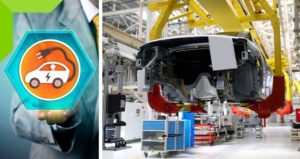
The manufacturing process of an ICU can release about 7 to 10 tonnes of CO2. Roughly EV produces the same. Plus, the battery manufacturer is also responsible for CO2 emissions. For an electric vehicle to have a decent range (say 300 miles) between charges, it needs a battery that’s at least 60kWh in capacity resulting further 9 tonnes of CO2 which will be emitted during the making of an electric car, giving a total of 16-19 tonnes of CO2 emitted. Looking at this shows EVs are worse for the environment.
Fact Check:
Yes, the production of EVs produces more emissions, but over time gas cars have significantly larger emissions than EVs. Researchers at Argonne National Laboratory estimated emissions for gas cars and EVs within a 300-mile range. In their estimates, while GHG emissions from EV manufacturing and end-of-life are higher, total GHGs for the EV is still lower than those for the gasoline car.
9. Batteries Are Made Out of Rare Materials
Batteries of EVs come from lithium, a rare metal found in enormous reservoirs of Chile that produces 8800 tonnes per year. Other significant producers of lithium are Argentina, China, and Bolivia. It has been suggested that we will struggle to create large numbers of electric cars in Europe in the near term, simply because we don’t have sufficient access to sources of lithium to make the batteries or factories to make them in! With time we will learn how humans move past such obstacles.
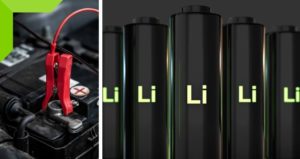
We all know batteries of EVs come from lithium, and the most significant reservoirs of lithium are in Chile which produces 8800 tonnes per year. Other notable producers, including Argentina, China, and Bolivia, have the world’s largest known reserves. Soon, the Creation of a large number of electric cars in Europe might be complex because we don’t have sufficient access to sources of lithium to make the batteries or factories to make them in! With time we will learn how humans move past such obstacles.
Conclusion
EVs, at first sight, seem like fantastic concept, but it has their fair share of disadvantages. Compared to gas vehicles. It’s a new technology, so its advancement is also restricted. EVs might not be the perfect cars they are marketed as. Still, EV technologies are advancing at a very high rate, and we hope EV manufacturers will solve these issues. We end up with our initial question, why do people hate EVs? It is a valid argument from safety concerns to range limitation, and if you want to buy an EV, we want you to keep these points in mind. Don’t fall prey to false information, as it’s expensive!

